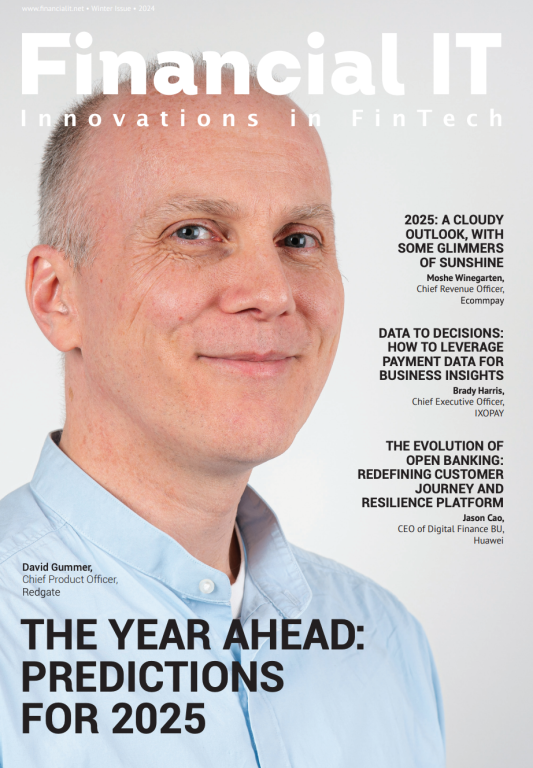Saudi Exchange Market Data Now Available via QuantHouse
- 03.12.2024 08:45 am
EPAM Completes Strategic Acquisition of First...
- 03.12.2024 08:05 am
SmartStream Research Highlights: 71% of Firms Invest...
- 27.11.2024 12:45 pm
Zafin Introduces IO Canvas, A Low-Code Builder, To...
- 19.11.2024 03:25 pm
Industrial Thought Ltd. Introduces Raw Knowledge, FSL’...
- 18.11.2024 09:50 am
LSEG And Dun & Bradstreet Expand Access To Private...
- 23.10.2024 10:55 am
AutoRek Joins the Swift Partner Programme to Improve...
- 09.10.2024 01:10 pm
Domino Data Lab Transforms AI Governance from...
- 08.10.2024 02:15 pm
Energy Efficient Data Centres Could Save Up to €25...
- 02.10.2024 02:25 pm
IBM Opened Europe's first IBM Quantum Data Center
- 01.10.2024 05:19 pm
Cohesity Study Finds Consumers Worldwide Criticise...
- 01.10.2024 02:15 pm
Galileo Enhances B2B Expense Management Offering with...
- 28.08.2024 09:50 am






















